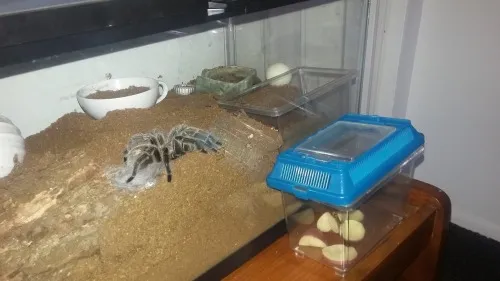Understanding Tarantula Enclosure Needs
Creating the best tarantula enclosure is crucial for the health and well-being of your eight-legged friend. Unlike many pets, tarantulas have very specific environmental needs that must be met to thrive. This includes maintaining the correct humidity and temperature levels, providing a suitable substrate for burrowing or web-making, and offering appropriate decor for security and enrichment. A well-designed enclosure mimics the tarantula’s natural habitat, reducing stress and promoting healthy behaviors. The size and type of enclosure, along with the materials used, are critical factors to consider. The goal is to create a stable, comfortable environment that allows the tarantula to live a long and fulfilling life in your care.
Humidity and Temperature Control for your Tarantula
Humidity and temperature are two of the most important environmental factors to manage within a tarantula enclosure. These conditions are crucial for the tarantula’s molting process, hydration, and overall health. Different species of tarantulas have different needs, so researching the specific requirements of your tarantula is essential. Generally, tropical species require higher humidity levels than desert species. Temperature also plays a significant role; most tarantulas thrive in a temperature range between 75-85°F (24-29°C). Regular monitoring and adjustments are necessary to maintain these parameters consistently, ensuring your tarantula feels comfortable and safe within its enclosure.
The Importance of Humidity
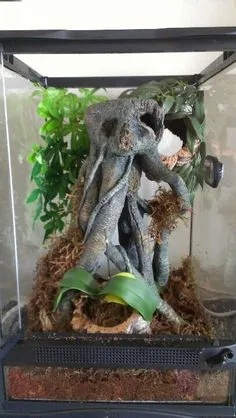
Humidity is vital for the proper shedding of a tarantula’s exoskeleton. It prevents the exoskeleton from drying out and becoming too difficult to shed, which can lead to serious health issues or even death. Low humidity can also result in dehydration, impacting the tarantula’s ability to eat and move freely. The right humidity level helps tarantulas maintain their hydration and facilitates their vital bodily functions. Moreover, appropriate humidity supports the natural behavior of the tarantula, as they are more comfortable and active in a humid environment. The ideal humidity range varies based on species, typically ranging from 60-80% for tropical species and lower for arid species.
Monitoring Humidity Levels
Regularly monitoring humidity levels is essential for maintaining a healthy environment. Using a hygrometer, a device designed to measure humidity, is the easiest way to keep track of the moisture levels inside the enclosure. Hygrometers are relatively inexpensive and readily available at pet stores and online retailers. Place the hygrometer inside the enclosure, away from direct contact with water sources. Check the humidity levels daily, especially during the initial setup and when adjusting the environment. If humidity drops below the recommended range, increase it by misting the enclosure with dechlorinated water, adding a water dish, or increasing the substrate surface area. If the humidity is too high, ensure proper ventilation to prevent mold or fungal growth.
Creating the Perfect Temperature Gradient
Creating a temperature gradient, where different areas of the enclosure have different temperatures, allows the tarantula to thermoregulate. This means the tarantula can move to a cooler or warmer spot based on its needs. A temperature gradient is especially important for tarantulas that live in warmer climates. To create a temperature gradient, you can use a heat mat on one side of the enclosure, ensuring it is connected to a thermostat to prevent overheating. The warmer side of the enclosure should be around 80-85°F (27-29°C), while the cooler side can be slightly lower. Never place the heat source directly under the substrate as it can cause it to dry out too quickly. Regular monitoring with a thermometer is also essential to ensure the gradient is maintained.
Choosing the Right Enclosure Size and Type
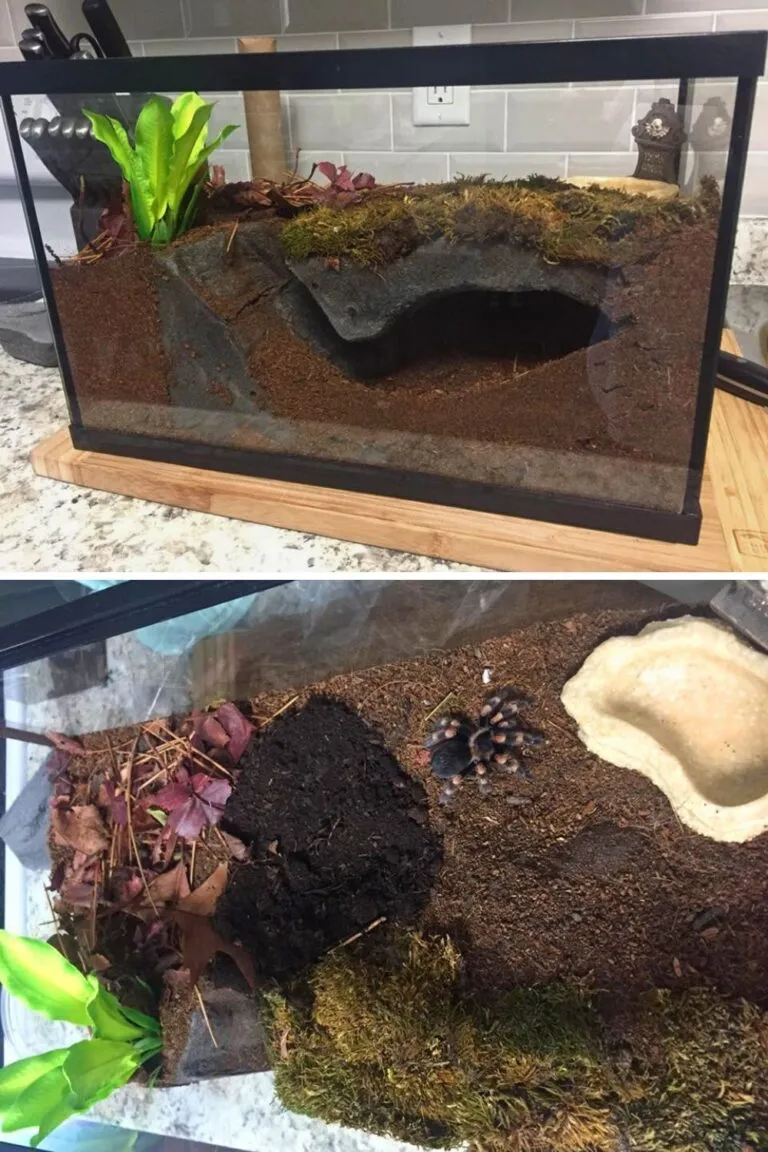
The size and type of enclosure you select significantly influence your tarantula’s well-being. A too-small enclosure can restrict the tarantula’s movement and negatively impact its growth, while an excessively large one might make it harder for the tarantula to find food and feel secure. The choice of enclosure type also depends on the species and its natural behaviors. For arboreal (tree-dwelling) tarantulas, a taller enclosure is preferable, whereas terrestrial (ground-dwelling) species benefit from a wider and more spacious setup. It is also important to consider the enclosure’s accessibility for feeding, cleaning, and general maintenance. The right enclosure promotes a secure and enriching environment that caters to the tarantula’s specific needs.
Factors to Consider When Choosing an Enclosure
When selecting an enclosure, several factors come into play. Consider the adult size of your tarantula; the enclosure should be at least three times the tarantula’s leg span in width, with adequate height for burrowing or climbing. Material is another crucial aspect; glass or acrylic enclosures are generally preferred due to their clarity, durability, and ability to retain humidity. Ensure that the enclosure has secure ventilation to prevent the buildup of excess moisture or stale air. The lid should fit tightly to prevent escape and allow easy access for feeding and maintenance. Also, think about the enclosure’s ease of cleaning; smooth surfaces are easier to sanitize. Finally, consider the overall aesthetics and how the enclosure integrates into your living space.
Glass vs. Acrylic Enclosures
Both glass and acrylic enclosures have their pros and cons. Glass enclosures are durable and scratch-resistant, and they provide excellent visibility. They are generally easier to clean and are often less expensive than acrylic. However, glass can be heavier and may not insulate as well, potentially causing fluctuations in temperature. Acrylic enclosures are lightweight and provide superior insulation, which helps maintain temperature and humidity levels. They also offer better visibility. However, they are more prone to scratches and may require specific cleaning agents to avoid damaging the surface. Ultimately, the best choice depends on your budget, preference, and the specific needs of your tarantula. Consider the benefits of each to determine which best suits your setup.
Ventilation and Airflow
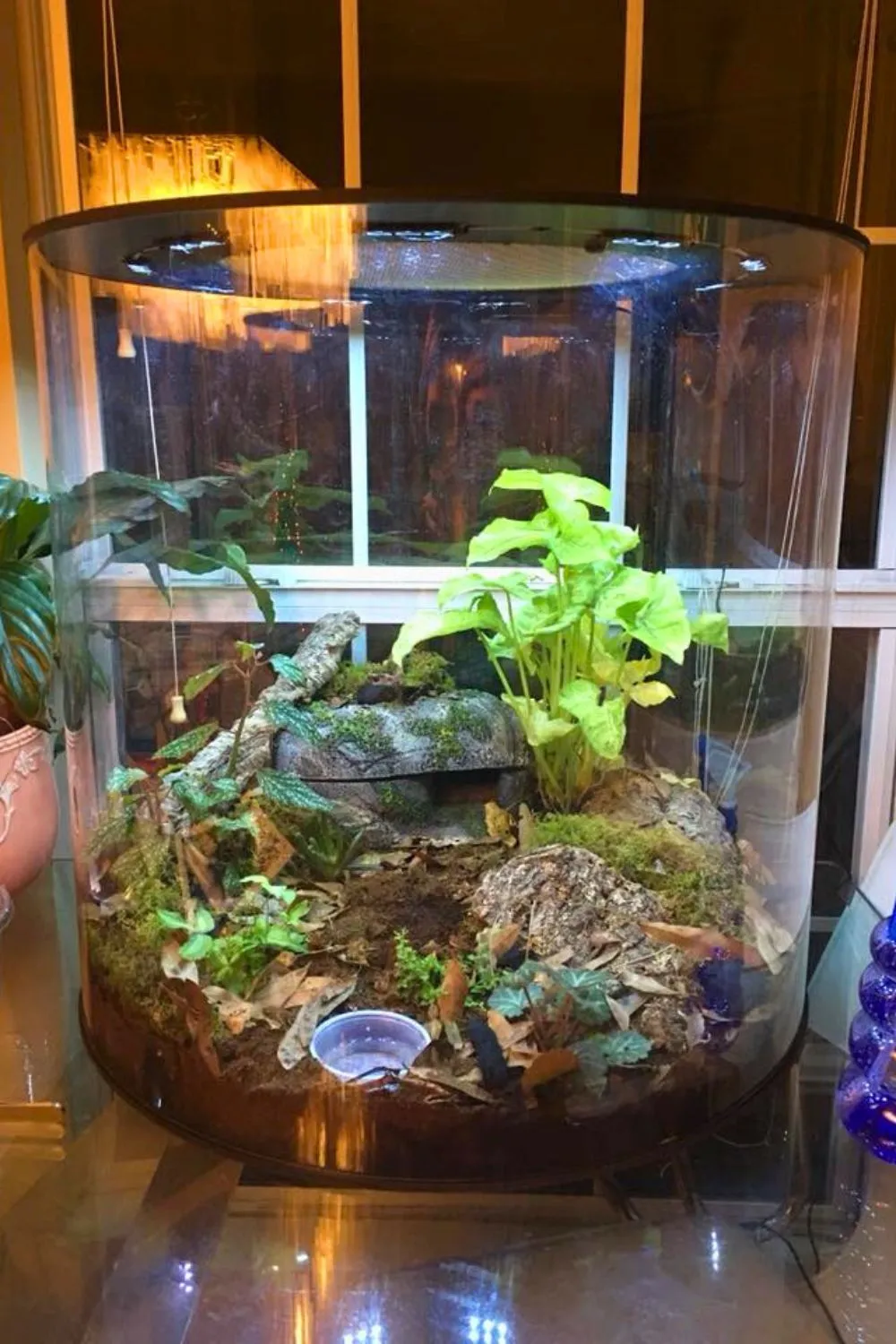
Proper ventilation is critical to prevent mold and mildew growth in the enclosure. Ventilation helps regulate humidity and provides a constant supply of fresh air. Adequate airflow is generally achieved by providing a series of small vents along the top and sides of the enclosure. The design should allow air to circulate throughout the enclosure without causing excessive drying. Avoid enclosures with large openings or gaps, as these can compromise humidity levels and create escape risks. When setting up your enclosure, observe the humidity levels and make adjustments as needed to ensure that the airflow and ventilation are sufficient for the species. Regular cleaning can also help keep the ventilation paths clear.
Substrate Selection: Creating a Natural Habitat
The substrate is the foundation of a healthy tarantula enclosure, providing a surface for the tarantula to walk on, burrow in, or build webs. It also helps maintain humidity and provides a sense of security. The right substrate mimics the natural habitat of your tarantula. Several substrate options are available, each with its own properties and benefits. The choice of substrate greatly influences the tarantula’s well-being, so you should consider its specific needs. This is particularly important for burrowing species that require a substrate deep enough to create secure tunnels. Avoid substrates that could be toxic or harmful to the tarantula.
Best Substrate Options for Tarantulas
Several substrates work well for tarantulas. Coconut fiber (coco coir) is a popular choice because it retains moisture well, is relatively affordable, and resists mold. Sphagnum moss is great for maintaining humidity and creating a natural look. However, it can also trap moisture and may need more frequent replacement. Potting soil that is free from fertilizers and pesticides is a good option. The important factors to consider are moisture retention, drainage, and texture. Mix and match substrates to create a layered environment that is stimulating for the tarantula. For arid species, a mix of sand and soil is a great choice. Always research the best substrate for your specific species of tarantula.
Substrate Depth and Maintenance
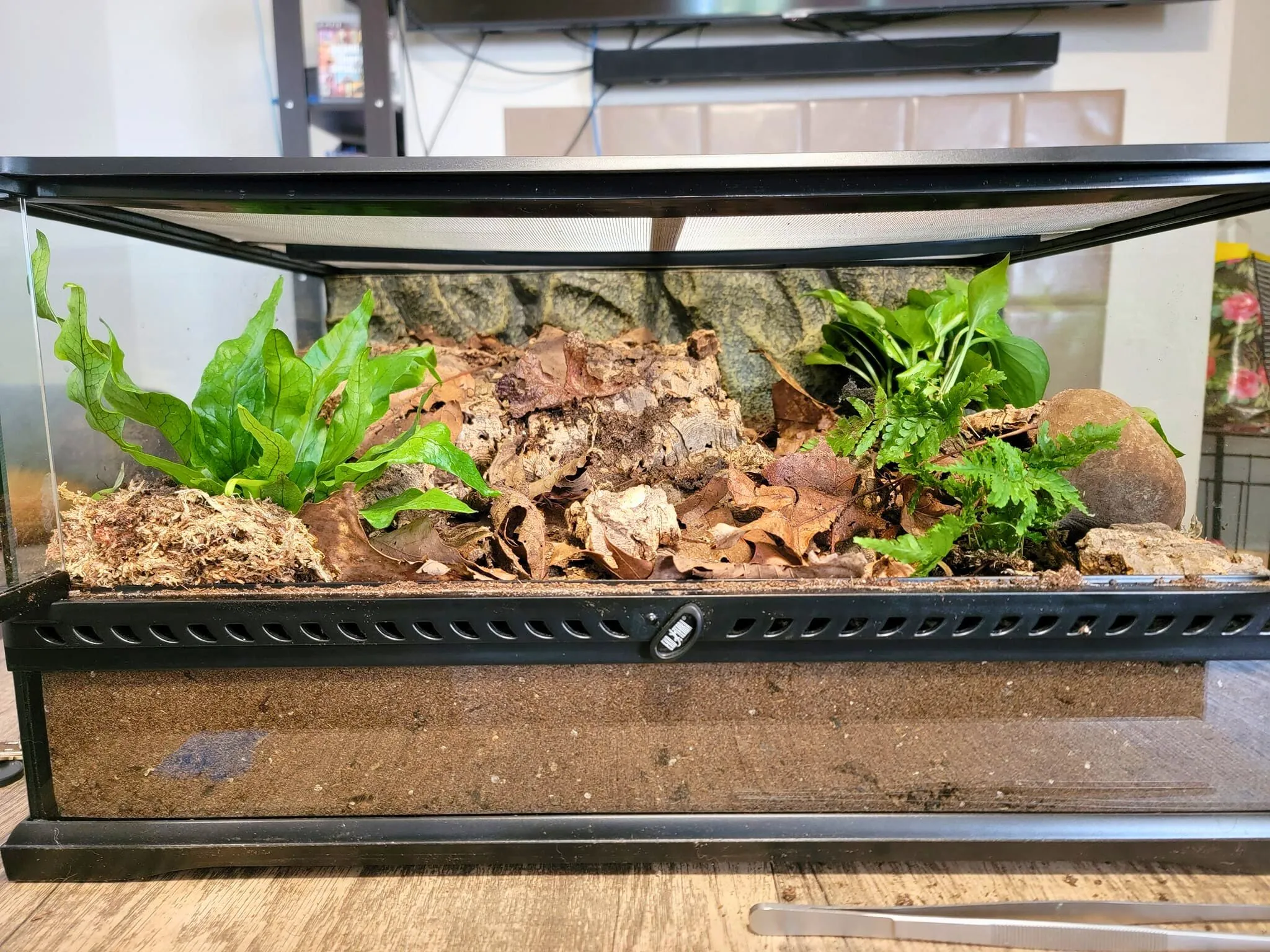
The depth of the substrate depends on the tarantula species. Burrowing species need a substrate deep enough to create their burrows, typically several inches deep. Terrestrial species usually need a substrate depth of at least two to three inches, while arboreal species may require less. Regular substrate maintenance is essential for maintaining a clean and healthy environment. Spot-clean the substrate weekly, removing any uneaten food, molted exoskeletons, and fecal matter. Replace the substrate completely every few months, or as needed, to prevent the buildup of waste products and control the growth of harmful bacteria or fungi. During maintenance, always check the substrate for any signs of mites, mold, or other potential problems.
Decorating Your Tarantula’s Home
Adding decorations to your tarantula’s enclosure is not just about aesthetics; it significantly enhances the tarantula’s well-being. Decor provides hiding places, reduces stress, and gives your tarantula a more natural and stimulating environment. Proper decorating caters to your tarantula’s natural behaviors, encouraging them to explore and feel secure. From providing essential shelter to increasing their activity levels, decorating significantly boosts your tarantula’s quality of life. It’s essential to provide items that meet your tarantula’s requirements, such as hiding spots and climbing structures.
Essential Decor Items
Several essential decor items will enrich your tarantula’s life. Cork bark is a highly recommended addition, as it provides excellent hiding spots and encourages climbing. Artificial plants and foliage offer cover and help to maintain humidity levels. Driftwood adds a natural aesthetic and offers additional climbing opportunities. Rocks and stones can provide a more varied terrain but should be placed carefully to prevent injury if the tarantula falls. Make sure all decor is clean, safe, and non-toxic before adding it to the enclosure. Research the specific needs of your tarantula species to provide the best arrangement of decor.
Providing Hiding Spots and Enrichment
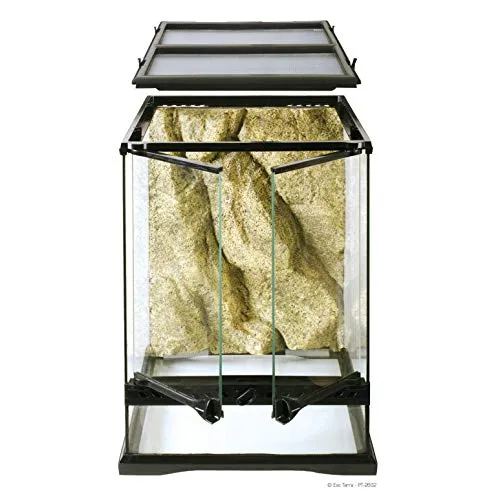
Providing hiding spots is critical to your tarantula’s well-being because it helps them feel safe and secure. This is especially important during the molting process, as they are more vulnerable. Cork bark, hollow logs, and artificial hides are excellent choices. You should ensure the hiding spot is appropriately sized and offers a dark, secluded space. Enrichment can be achieved through the arrangement of decorations, such as adding climbing structures and varying the terrain. This encourages the tarantula to explore and engage in natural behaviors. Change the layout of the decor occasionally to keep things interesting, but always ensure a secure hiding spot is available.
3 Pro Tips for Tarantula Enclosure
Implementing these pro tips will help you create the best tarantula enclosure. From mastering humidity control to selecting the right substrate, each tip helps you cater to your tarantula’s needs. They also make enclosure maintenance a breeze. These tips help you build a thriving environment, creating an enjoyable experience for both you and your tarantula. These are key to success with your tarantula!
Pro Tip 1 Maintaining Proper Humidity
Proper humidity is crucial. Use a hygrometer to monitor levels and adjust as needed. For tropical species, misting the enclosure with dechlorinated water is an excellent way to maintain humidity. Add a water dish to boost the humidity and regularly monitor the enclosure to ensure proper moisture. Overly humid conditions can promote mold growth, so make sure there is enough ventilation. This creates a balanced and healthy environment for your tarantula, especially during molting. These small steps help keep humidity at an optimal level.
Pro Tip 2 Temperature Regulation
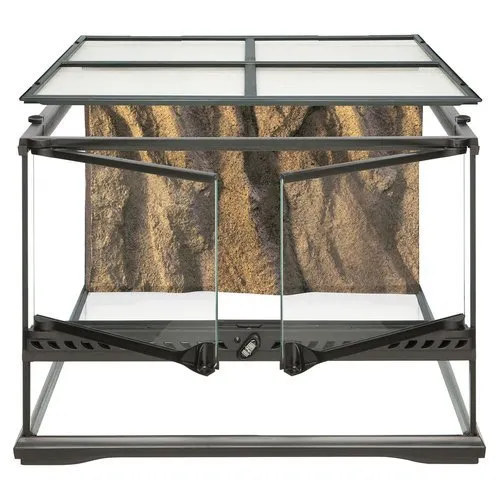
Use a thermometer to monitor the enclosure’s temperature and maintain a temperature gradient with a heat mat. Place the heat mat on one side of the enclosure. The ideal temperature typically ranges between 75-85°F (24-29°C). Avoid placing the heat mat directly under the substrate. Ensure the heat mat is connected to a thermostat to prevent overheating. Keep the temperature consistent to avoid stressing your tarantula. The proper temperature range contributes to your tarantula’s overall well-being, and you can rest easy knowing they are happy and healthy.
Pro Tip 3 Choosing and Maintaining Substrate
Select a substrate that fits your tarantula’s species, such as coco fiber or a mix of soil and sand. Use a substrate deep enough for burrowing and web-making. Spot-clean the substrate weekly to remove uneaten food and fecal matter. Replace the substrate every few months, depending on your tarantula. Regular substrate maintenance prevents the buildup of waste products and maintains a healthy environment for your tarantula to thrive. This is a critical step to give your pet the best care.
Feeding and Watering Your Tarantula
Proper feeding and watering are fundamental to maintaining a healthy tarantula. Tarantulas need a balanced diet of appropriately sized insects, and clean, fresh water at all times. The frequency of feeding and the amount of water needed depend on the species and age of your tarantula. The way you approach these fundamental aspects of care will significantly impact their quality of life. Learn the specific nutritional and hydration needs of your pet to ensure it thrives.
Watering and Food Dishes
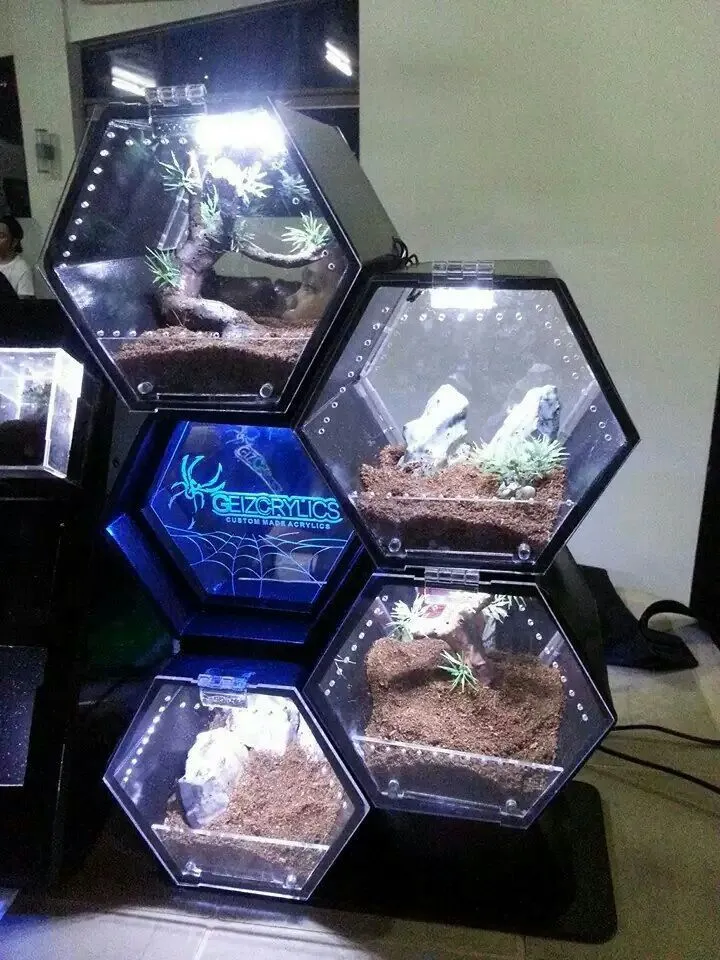
Always provide a shallow water dish with fresh water, ensuring that it is easily accessible for your tarantula. The dish should be shallow enough to prevent drowning. Some tarantulas, particularly arboreal species, may prefer to drink from the sides of the enclosure after misting. For food, avoid using dishes that are too large, as this may frighten your tarantula. Make sure to remove any uneaten food within 24 hours to prevent mold or mites from developing. This keeps your tarantula’s environment clean and safe.
Proper Feeding Schedule
The feeding schedule varies based on the tarantula’s age and species. Young tarantulas typically require more frequent feedings, usually every few days, while adults may only need to be fed once or twice a week. The size of the prey should match the tarantula’s size; avoid offering food that is larger than its abdomen. Commonly offered food sources include crickets, roaches, and mealworms. Always observe your tarantula’s eating habits and adjust the feeding frequency as needed. A well-fed tarantula is a healthy tarantula.
